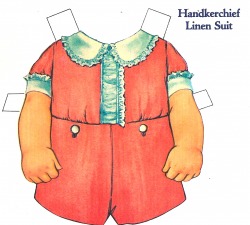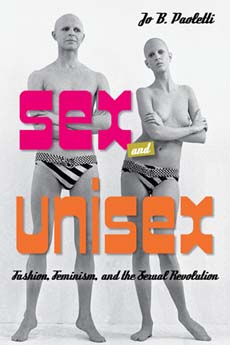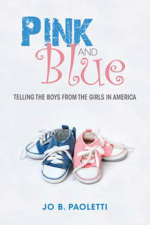Infants’ Department, June 1918 The first time I encountered these words, paging through a heavy, bound issue of Earnshaw’s Infants’ Department, nearly thirty years ago, I stopped and re-read it several times, at least once under my breath. I was following up a minor sideline in a project on babies’ clothing during the Progressive Era -- the seemingly trivial question “when were pink and blue introduced as gendered colors?” At that point, the white rabbit darted into its hole and I dove in after it. Years later, I am back to tell the very complicated tale of how American baby and toddler clothing went from completely devoid of sexual hints to almost completely separated into “his” and hers” camps.



